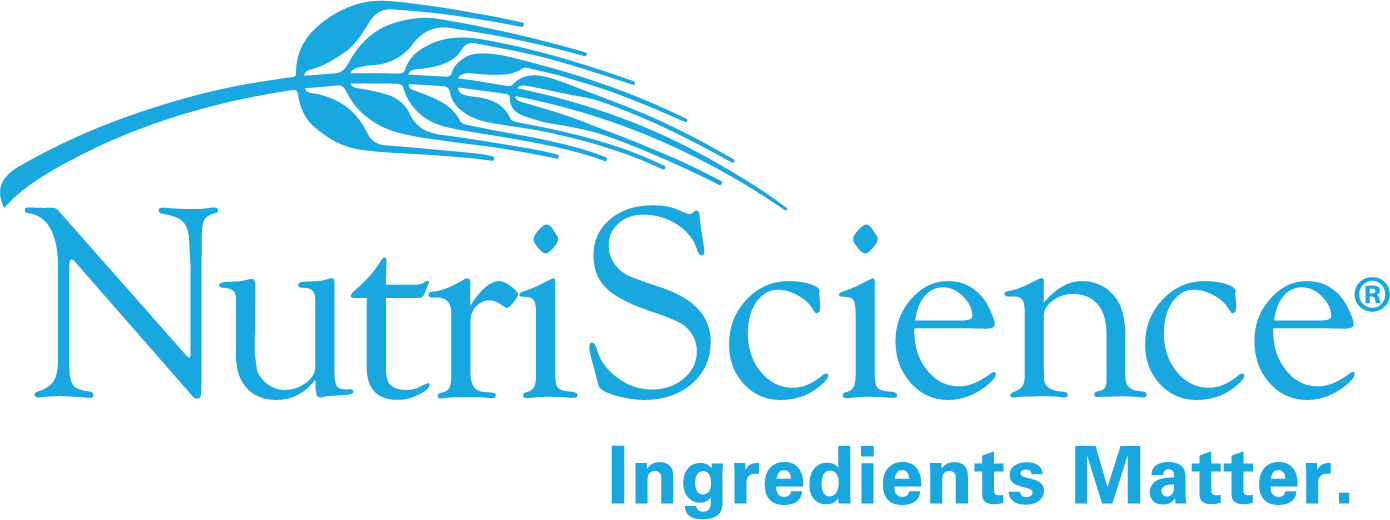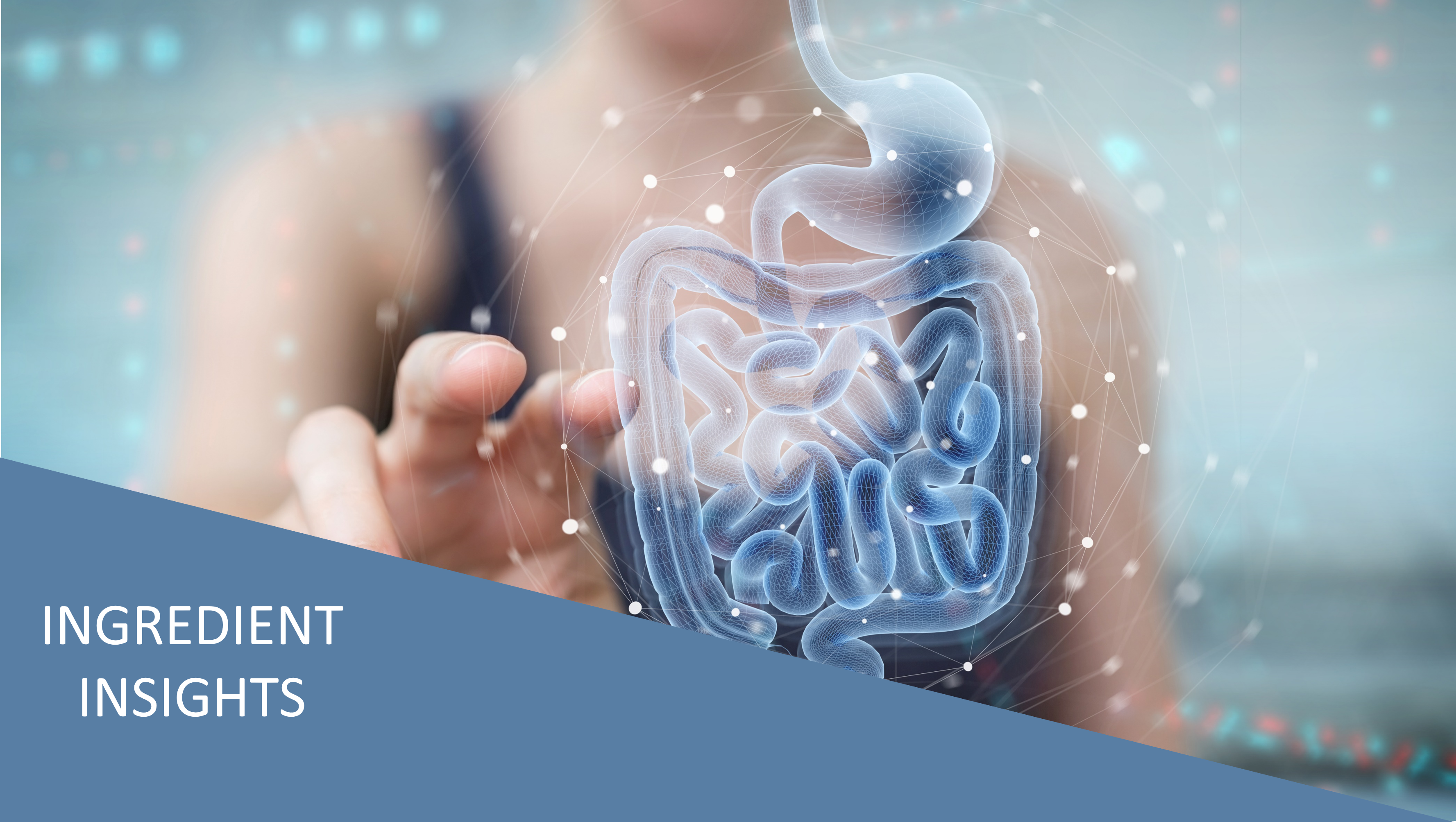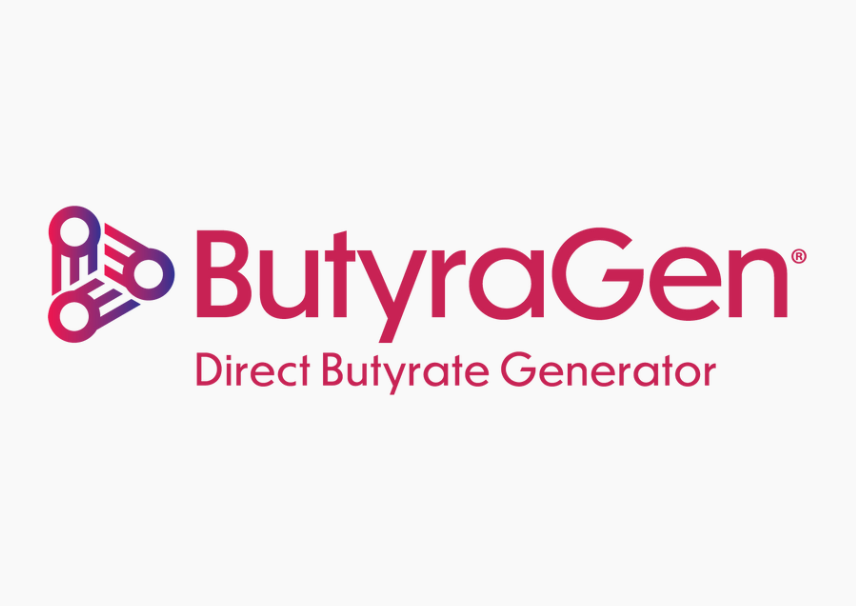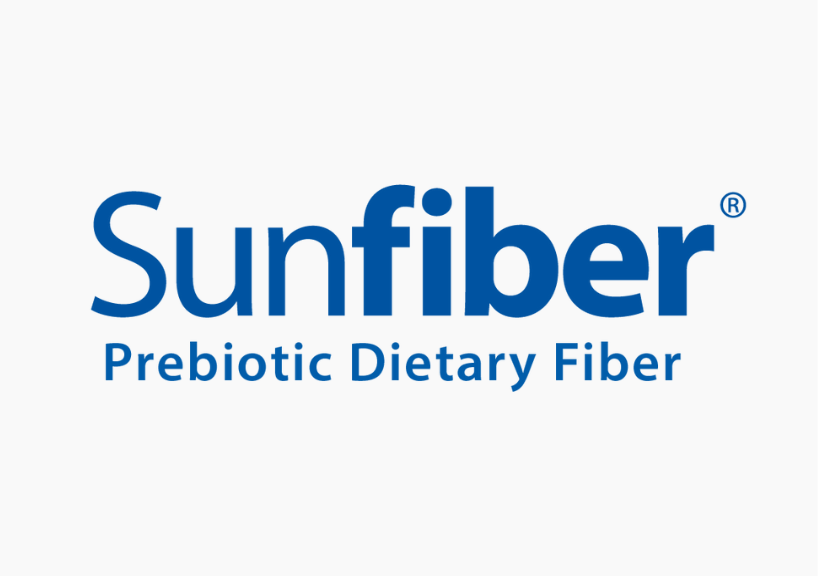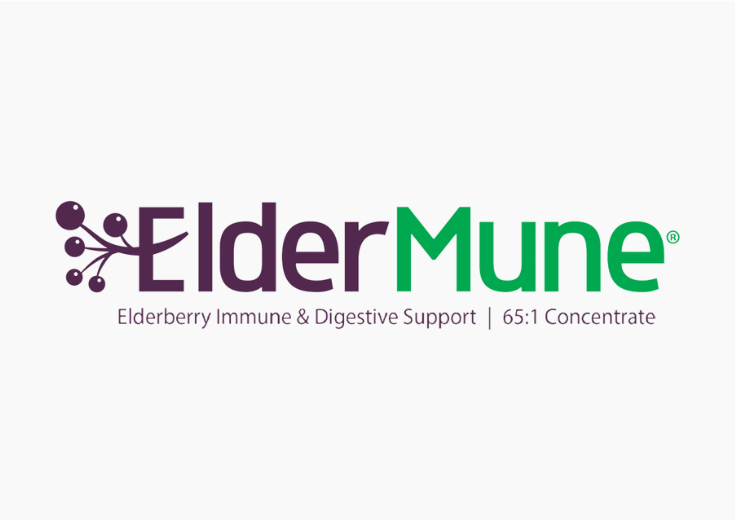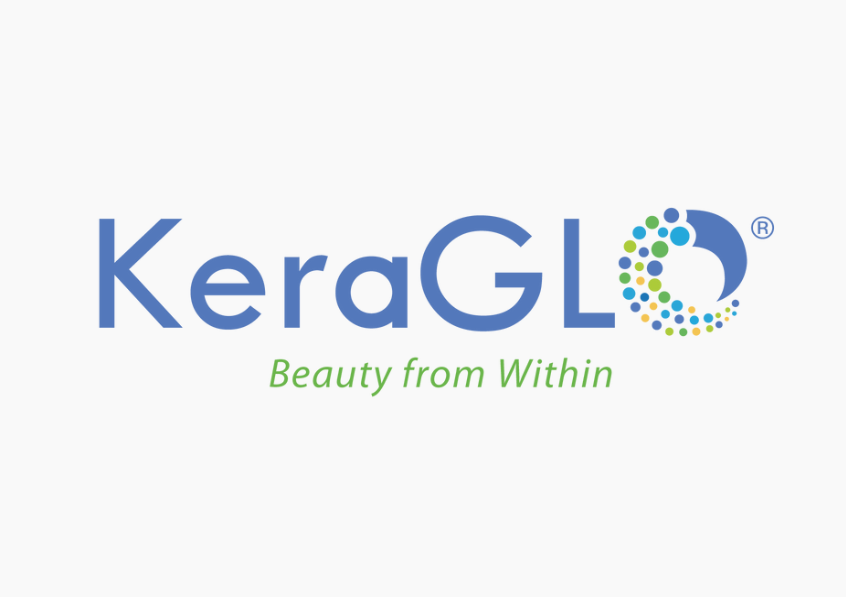What’s Happening in the Gut?
The short answer is – lots of things are happening in the gut. There is now a large amount of ongoing research on the role that nutrition plays in the gut microbiome, and how the bacteria in the gut are working to signal the other organs in the body. If you haven’t focused on this new research, or if you would like a summary and refresher – this short educational piece is for you.
Prebiotics, Probiotics, SCFAs and the Microbiome
Most people in our industry know that prebiotics are fibers or carbohydrates that feed the bacteria in the gut. The bacteria in the gut (the microbiome) include the endogenous bacteria – bacteria that already colonize and grow in the gut – and exogenous bacteria, which are provided to the gut through the consumption of probiotic foods or formulations.
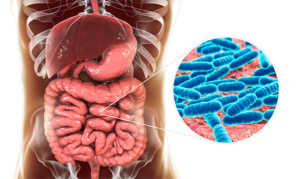 As we began to learn about probiotics, we the industry created probiotic formulas for consumers. Then we added prebiotics, which were provided to consumers either on their own or in combination with probiotics (these combinations are known as symbiotics). As research continued to develop, we found that not just any combination works. Instead, researchers found that you need to match up the prebiotic and the probiotic. This helped explain why a percentage of people who consumed prebiotics and probiotics didn’t feel any effect – these people are the non-responders. It became obvious that just formulating a combination product with favorite prebiotics and favorite probiotics wasn’t the best approach.
As we began to learn about probiotics, we the industry created probiotic formulas for consumers. Then we added prebiotics, which were provided to consumers either on their own or in combination with probiotics (these combinations are known as symbiotics). As research continued to develop, we found that not just any combination works. Instead, researchers found that you need to match up the prebiotic and the probiotic. This helped explain why a percentage of people who consumed prebiotics and probiotics didn’t feel any effect – these people are the non-responders. It became obvious that just formulating a combination product with favorite prebiotics and favorite probiotics wasn’t the best approach.
What are the right combinations? This research is ongoing. Current studies are looking into specific molecules or portions of molecules that are more easily digested by probiotics. There is also research into how different prebiotics affect the gut microbiome and how various probiotics are able to colonize and grow in the gut.
Is that all? No, of course not! We know that probiotics and endogenous gut bacteria can produce short chain fatty acids (SCFAs). There are three main SCFAs – acetate, propionate and butyrate. Butyrate has garnered the most interest of the group, as they are taken up by colonocytes and are important signaling molecules. You’ve heard of the gut-brain axis – where what happens in the gut affects the cognitive performance of the brain. There are other gut-organ axes as well that are under intense study. Various signaling molecules, particularly butyrate, impact these connections.
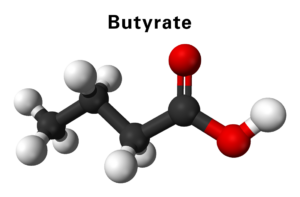 Knowing this, we would like to see increased butyrate generation in the gut. There are a number of ways to do this. Researchers are finding certain endogenous bacteria living in the gut which can generate butyrate. We want to find ways to preferentially feed these specific organisms with specific prebiotics. Additionally, many of the probiotics we consume through our diet and supplements will generate butyrate. We want to provide these specific probiotics in supplements, again coupled with specific prebiotics, which can help them generate more butyrate. And, there are other clever means of generating more butyrate which are in development – stay tuned for these.
Knowing this, we would like to see increased butyrate generation in the gut. There are a number of ways to do this. Researchers are finding certain endogenous bacteria living in the gut which can generate butyrate. We want to find ways to preferentially feed these specific organisms with specific prebiotics. Additionally, many of the probiotics we consume through our diet and supplements will generate butyrate. We want to provide these specific probiotics in supplements, again coupled with specific prebiotics, which can help them generate more butyrate. And, there are other clever means of generating more butyrate which are in development – stay tuned for these.
In summary, new research is telling us we want the right combinations of the right prebiotics to provide the right types of molecular fit, and the right probiotics to colonize in the microbiome. Not just any prebiotic or probiotic will do. This will then lead to good microbiome development, high production of butyrate, and will minimize non-responders so that more consumers can benefit from these high-impact nutritional supplements.
_________________________________________________________________________________________________________________
NutriScience Innovations develops and markets innovative ingredients for digestive and gut health. To learn more about our digestive health ingredients, click on a logo below.
